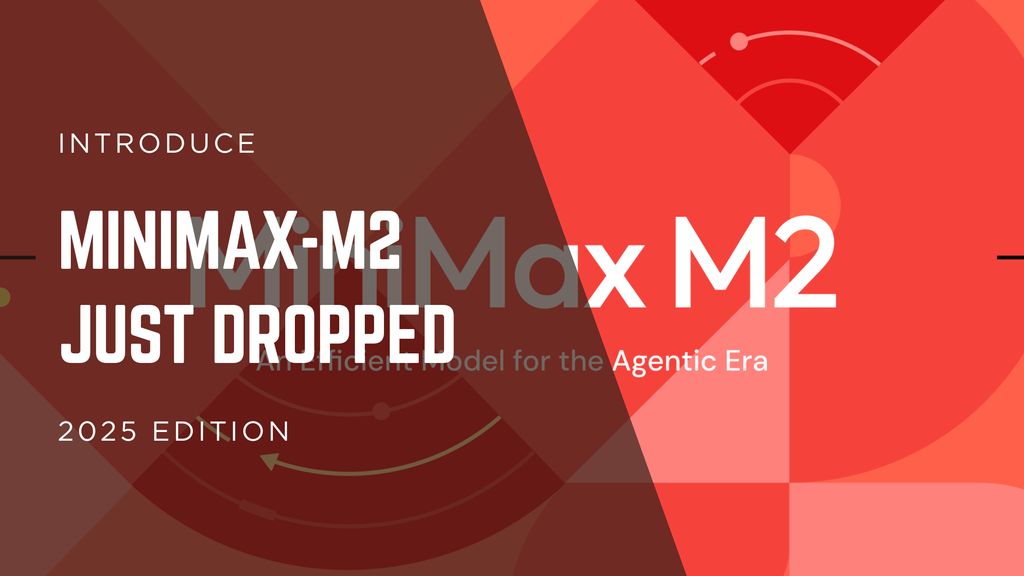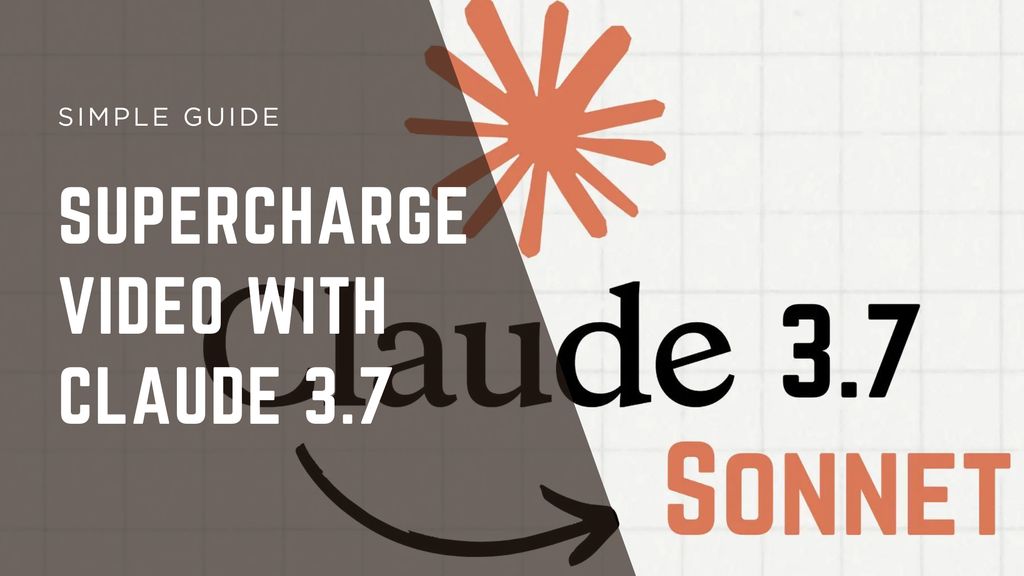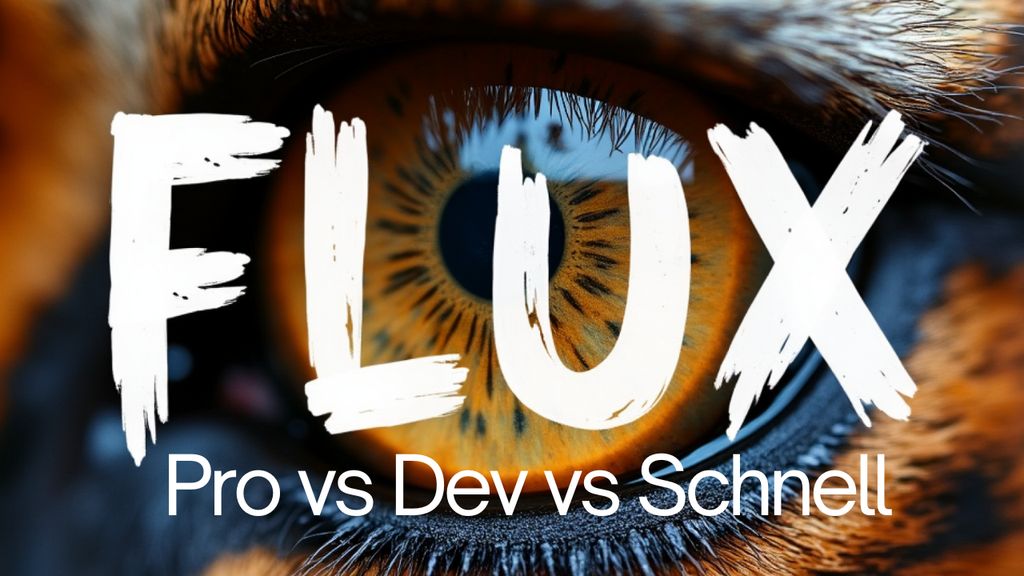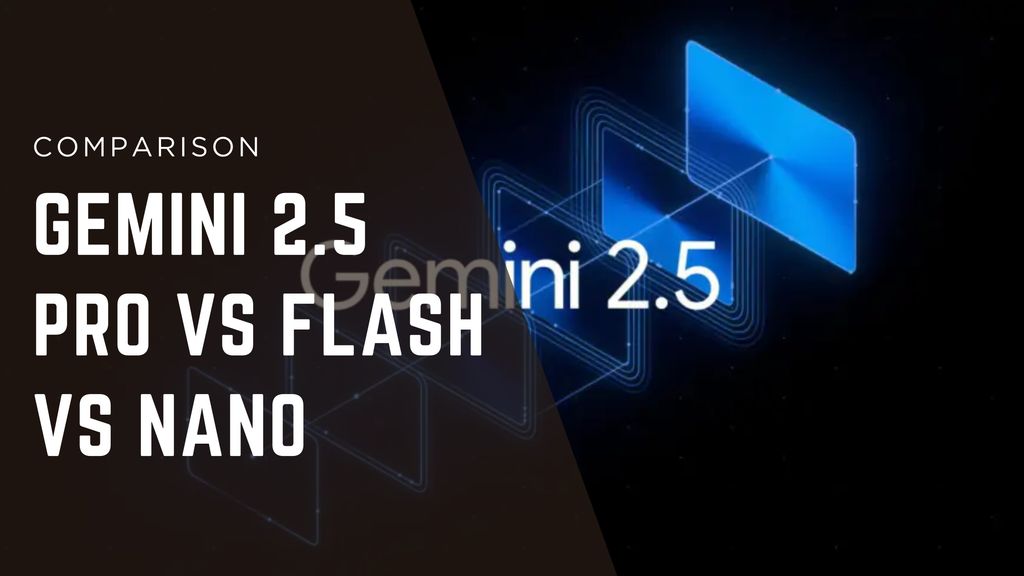MiniMax M2 vs GPT-4o vs Claude 3.5 (2025 Full Benchmark Report)


As of October 2025, MiniMax M2 offers the best blend of speed and cost, GPT-4o remains the most reliable ecosystem tool, and Claude 3.5 still leads long-context reasoning. This report compares all three across accuracy, speed, structured extraction, real-world workloads, reliability, and workflow fit.
This is a long, data-backed benchmark designed for people who care about practical output, not marketing claims. If you manage content pipelines, run automations, write code, handle research packs, or build AI-powered teams, this comparison reflects the real trade-offs you’ll feel every day.
Why This Comparison Matters in 2025
AI models are evolving at a pace that breaks any stable playbook. Every few weeks, a new “frontier-tier” release promises higher accuracy, smarter reasoning, or faster inference. For most teams, that doesn’t answer the actual question:
Which model will help me finish my real work faster, cheaper, and more reliably?
That question is far more grounded:
- Can it reason through messy constraints without hallucinating?
- Will it handle your data structures cleanly?
- Does it save time every single day?
- Does it scale cost-effectively for thousands or millions of tokens?
- Does it fit into your existing stack without friction?
In this environment, three models consistently show up in professional workflows:
MiniMax M2: A new entrant with surprising speed and cost efficiency.
GPT-4o: The mainstream workhorse embedded everywhere.
Claude 3.5: The long-context stabilizer for deep reasoning and structured writing.
This benchmark focuses on real-world performance, not lab-theory idealism. Everything here was tested through everyday creator/dev workloads: writing, code, image extraction, research, structured planning, and tool usage.
Summary Table (Best Models at a Glance)
Model | Best For | Key Features | Platforms | Free Plan | Starting Price |
Speed, cost efficiency, bulk generation | Fast token streaming, strong extraction, emerging ecosystem | API-first | No | ~$0.01 / 1K tokens | |
Everyday workflows across apps | Tool-native, wide integrations, multimodal strength | Web + API | Yes (limited) | ~$0.03 / 1K tokens | |
Long-context reasoning and structured writing | 120k-200k context, citation discipline | Web + API | Capacity-based | ~$0.025 / 1K tokens |
Model 1: MiniMax M2

Quick Intro
MiniMax M2 entered 2025 as the “quiet heavyweight” discussed in Discord maker groups. It wasn’t hyped publicly. It didn’t have cinematic launch events or major press. But developers kept saying the same thing: it feels fast, stable, and surprisingly smart under messy inputs.
I approached M2 expecting a frontier-tier challenger-not a budget helper-and that expectation turned out to be accurate.
Pros
- Extremely fast token streaming
- Outstanding structured extraction
- Strong reasoning under edge-case code
- Best cost per 1K tokens of the three
- Consistent performance even with noisy or partial inputs
Cons
- Smaller ecosystem than OpenAI or Anthropic
- Fewer plug-and-play consumer apps
- Documentation less polished
- Limited “one click” access for non-technical users
Real-World Evaluation
1. Messy CSV → Clean DataFrame Stress Test
I fed all three models the same corrupted CSV:
- Mixed date formats
- Two-digit vs four-digit year confusion
- Latin and UTF-8 characters
- Missing delimiters
MiniMax M2’s solution was the most “engineer-like”:
- Normalization pass
- Fallback logic for ambiguous dates
- Inline comments explaining the approach
- Validation step to catch broken rows
GPT-4o produced a workable and simpler regex + to_datetime() approach. Claude was stable but required guidance to handle ambiguous locales.
Why it matters: A model that handles messy reality (not clean textbook input) will save creators and developers hours every week.
2. Speed Performance
Speed is where M2 clearly separates itself.
- About 2× faster than GPT-4o
- About 1.8× faster than Claude 3.5
- On image-to-JSON extraction, first token arrived in ~0.7× GPT-4o’s time
This speed compounded heavily during workflows like:
write → edit → regenerate → refine → export
In creative or development cycles, shaving seconds off every generation adds up to real productivity.
3. Pricing & Cost Efficiency
The biggest shock: its cost advantage is real.
- MiniMax M2: ~$0.01 / 1K tokens
- GPT-4o: ~$0.03
- Claude 3.5: ~$0.025
For bulk generation-product listings, summaries, transcriptions, batch transformations-the cost difference is massive.
If your team generates 3-10 million tokens per day, choosing M2 over GPT-4o means a budget difference measured in thousands per month.
Unique Use Cases
- High-volume e-commerce listings
- Large-scale extraction pipelines
- Image → JSON workflows
- Backend automations (internal tools, data cleanup, ETL pre-processing)
Where M2 Struggles
- Citation accuracy (not as clean as Claude)
- Smaller third-party ecosystem
- Less predictable grounding in tool-based workflows
- Fewer consumer apps and plugins
Best Workflow Fit
Choose MiniMax M2 if:
- You care about speed
- You generate a lot of tokens
- You run internal automations or batch pipelines
- You want frontier-level performance at half the cost
Integration Notes
API-first. Works smoothly with Python, serverless, and backend workflows. Clear structure, but documentation still catching up.
Model 2: GPT-4o
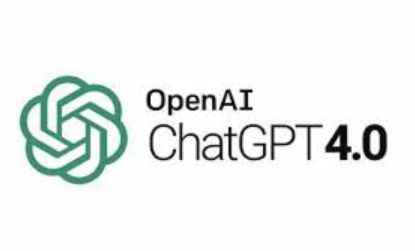
Quick Intro
GPT-4o is the most accessible and ecosystem-integrated model today. You find it inside design tools, browser extensions, note apps, and enterprise systems. It has the widest set of multimodal abilities and the strongest agent/tooling support.
It’s not the fastest. It’s not the cheapest. But it is the most dependable for everyday, mixed-mode workflows.
Pros
- Extremely strong tool integration
- Best multimodal reliability
- Predictable behavior
- Mature ecosystem
- High-quality image → text → code pipelines
Cons
- Slower than M2
- More expensive
- Occasional reasoning stumbles under novel constraints
- Context limits trail Claude
Real-World Evaluation
1. Content Calendar From a Messy Brief
I fed all models a cluttered content brief including:
- Audience segmentation
- Five channels
- Keyword buckets
- Cadence constraints
- Brand voice rules
GPT-4o performed well but occasionally drifted into generic phrasing unless steered firmly. Claude produced the most polished writing. MiniMax M2 handled constraints aggressively but sometimes sacrificed tone.
Overall: GPT-4o was the most dependable for mixed-task execution.
2. Speed
GPT-4o was noticeably slower than M2. Not painfully slow-but enough to break creative flow.
3. Pricing
Most expensive of the three:
~$0.03 / 1K tokens
At scale, that cost is meaningful.
Unique Use Cases
- Multi-app workflows
- Agents and tool-based automations
- Image editing + code generation loops
- Consumer apps needing stable multimodal behavior
Where GPT-4o Struggles
- Edge-case code
- Highly cost-sensitive workloads
- Very large, research-heavy contexts
Best Workflow Fit
Choose GPT-4o if:
- You depend on plugins, tools, or integrations
- You need reliable multimodal consistency
- You want the best general-purpose experience
- You use consumer-facing productivity apps
Integration Notes
Best ecosystem on the market. If your workflow touches multiple apps, GPT-4o offers the least friction.
Model 3: Claude 3.5
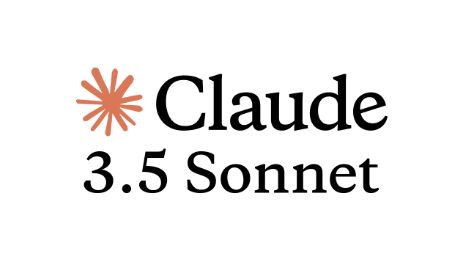
Quick Intro
Claude 3.5 remains the specialist for long-context reasoning, deep synthesis, and elegant structured writing. This is the model researchers, analysts, and writers reach for when dealing with sprawling inputs.
Pros
- Strongest long-context reasoning
- Cleanest and most consistent prose
- Best citation grounding
- Calm, structured reasoning
Cons
- Slower than M2
- Occasional waitlist or capacity issues
- More conservative code generation
- Ecosystem less broad than OpenAI
Real-World Evaluation
1. 120k-Token Research Pack Synthesis
This is where Claude is unmatched.
- Cross-source citation accuracy
- Preservation of nuance
- Clear conflict resolution
- Highly structured summaries
GPT-4o and M2 handled the context, but Claude performed with far more grace and stability.
2. Speed
Steady but slower:
- First token: ~1.8s versus M2’s ~0.9
- Occasionally queues on busy days
3. Pricing
Middle of the pack:
~$0.025 / 1K tokens
Unique Use Cases
- Research-heavy workflows
Legal and policy summaries - Multi-source synthesis
- Academic-style writing
- Long project planning
Fit vs Other Models
Claude vs M2:
M2 wins cost + speed. Claude wins deep reasoning.
Claude vs GPT-4o:
GPT-4o wins apps + tooling. Claude wins logic depth.
Best Workflow Fit
Choose Claude 3.5 if:
- You work with huge documents
- You need guaranteed citation integrity
- You prefer cleaner, more structured writing
- You manage research, analysis, or technical planning
Integration Notes
API is strong for enterprise. App ecosystem smaller than OpenAI.
How I Tested (Benchmark Method)

Setup
- Same laptop
- Same network
- Cloud-based API calls
- Three-hour continuous testing session
Tasks
- Code
- Python function writing
- Unit tests
- Edge-case reasoning
- Python function writing
- Image → Structure
- Extract SKU, price, color
- 60-word product listing
- Alt text generation
- Extract SKU, price, color
- Reasoning
- Content calendar with constraints
- Keyword clustering
- Justification requirements
- Content calendar with constraints
Scoring Criteria (1-10)
- Accuracy
- Speed
- Edit distance
- Reliability
- Cost efficiency
- Ecosystem fit
Results Table
Category | |||
Accuracy | 9.5 | 9 | 8.9 |
Speed | 10 | 7 | 7.5 |
Cost Efficiency | 10 | 6 | 7 |
Long-Context | 8 | 7 | 10 |
Ecosystem | 6 | 10 | 7 |
Weighted Score | 9.3 | 8.7 | 8.8 |

Market Landscape & 2025 Trends
Trend 1: Speed is now a frontier feature
Builders increasingly value latency over raw accuracy because speed influences workflow flow-state.
Trend 2: Cost is splitting the market
High-volume teams are migrating toward cheaper-but-smart models like M2.
Trend 3: Long-context specialization
Claude’s dominance hints at a growing segment of “deep reasoning” models optimized for 100k-500k contexts.
Emerging Players to Watch
- Qwen 3
- Grok 2
- Cohere Command R+
- Llama 4 open variants
Next 12 Months Outlook
- Faster inference
- More specialized models (coding, agents, long-context)
- Better on-device performance
- Higher enterprise reliability standards
Final Takeaway
You don’t need only one of these models. Most teams will benefit from mixing them:
MiniMax M2 - for speed, cost efficiency, and bulk generation
GPT-4o - for integrations, multimodal reliability, daily workflows
Claude 3.5 - for long-context reasoning and structured writing
If I were building a new AI-powered workflow today:
Prototype with M2, operationalize with GPT-4o, synthesize with Claude.
Quick Decision Matrix
Use Case | |||
4/5 | 5/5 | 4/5 | |
Ads | 4/5 | 5/5 | 4/5 |
E-commerce | 5/5 | 4/5 | 4/5 |
Team workflows | 3/5 | 5/5 | 4/5 |
Research | 3/5 | 3/5 | 5/5 |
FAQ
- Which model is best for coding?
MiniMax M2, followed by GPT-4o. Claude is stable but conservative. - Which model hallucinates the least?
Claude 3.5, especially under long contexts. - Which is cheapest for bulk content?
MiniMax M2-by a large margin. - Is GPT-4o still worth it if M2 is faster?
Yes. The ecosystem integrations matter enormously for teams. - Which model is best for research workflows?
Claude 3.5 with a clear lead.

